Beginner’s Guide to Dressing Green: Sustainable Fabrics
Sustainable Fabrics has a major impact on the environment. From water usage and pesticide runoff to microplastic pollution, conventional clothing production takes a toll on our planet. But there’s good news! By making informed choices about the fabrics we wear, we can significantly reduce our fashion footprint.
This guide explores the world of sustainable fabrics, helping you navigate the eco-conscious options available. We’ll break down the different types of fabrics, their environmental impact, and their benefits.
Plant-Based Powerhouses: Naturally Sustainable Fabrics
Nature provides a wealth of sustainable fabric options. These plant-based textiles are renewable, often biodegradable, and require less water and harmful chemicals to produce than their synthetic counterparts.
| Fabric | Benefits | Drawbacks |
| Organic Cotton | Soft, breathable, widely available | Conventional cotton can be water-intensive |
| Linen | Strong, durable, naturally cool | Can wrinkle easily |
| Hemp | Fast-growing, requires minimal water, naturally antimicrobial | Rougher texture compared to cotton |
| Tencel (Lyocell) | Soft, moisture-wicking, man-made from sustainably sourced wood pulp | More expensive than some other options |
- Organic Cotton: A classic fabric with a lighter environmental footprint. Organic cotton is grown without harmful pesticides and fertilizers, reducing water usage and soil degradation.
- Linen: Made from flax fibers, linen is known for its strength, breathability, and natural cooling properties. Linen cultivation requires less water than cotton and is often grown with minimal chemicals.
- Hemp: This versatile plant is a sustainable superstar. Hemp grows quickly, requiring minimal water and thrives in various climates. Hemp fabric is naturally strong, durable, and has antimicrobial properties.
- Tencel (Lyocell): This innovative fabric is derived from sustainably sourced wood pulp. Tencel offers a luxurious feel, is moisture-wicking, and boasts a lower environmental impact than traditional rayon.
Repurposed and Recycled: Giving Fabrics a Second Life
Recycling and using repurposed materials are fantastic ways to reduce waste and create sustainable fashion. Here are some fabrics that get a new lease on life:
| Fabric | Benefits | Drawbacks |
| Recycled Polyester | Made from plastic bottles and other post-consumer waste | Can be derived from energy-intensive processes |
| Recycled Cotton | Reduces textile waste | May have lower quality compared to virgin cotton |
| Repurposed Textiles | Unique and one-of-a-kind | Availability can be limited |
- Recycled Polyester: A great eco-alternative to virgin polyester. Recycled polyester uses plastic waste that would otherwise end up in landfills, reducing pollution.
- Recycled Cotton: By giving pre-consumer and post-consumer cotton a second life, recycled cotton reduces textile waste and lowers the environmental impact of cotton production.
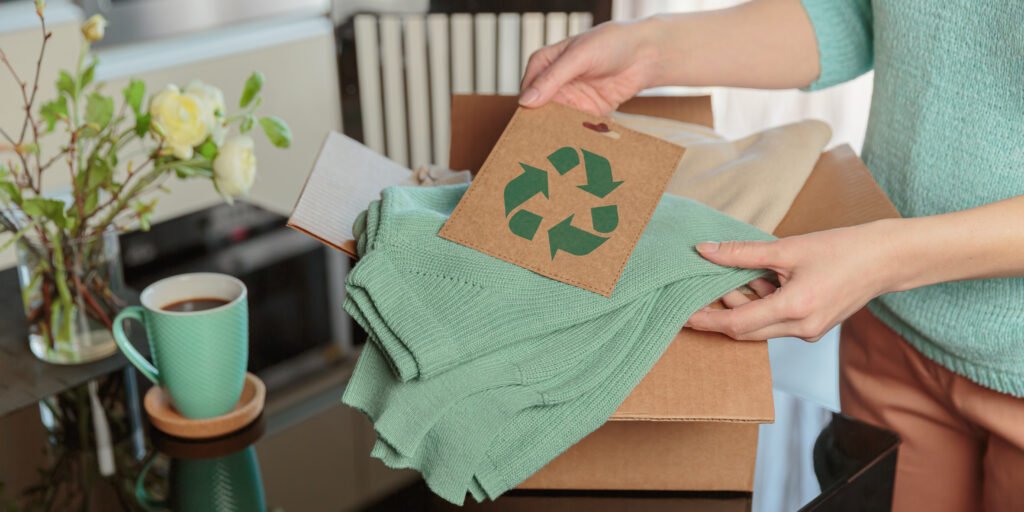
- Repurposed Textiles: From vintage finds to deadstock fabrics, repurposed textiles offer a unique and sustainable way to dress. While availability can be limited, repurposed garments often come with a story and a reduced environmental footprint.
Beyond the Fabric: Considering Certifications and Manufacturing
While fabric choice is crucial, a truly sustainable approach considers the entire production process. Here are some additional factors to keep in mind:
- Certifications: Look for certifications like GOTS (Global Organic Textile Standard) or Oeko-Tex Standard 100. These certifications ensure organic production and use of eco-friendly practices.
- Manufacturing Location: Supporting local or ethically-made clothing helps reduce transportation emissions and promotes fair labor practices.
Sustainable Fashion: A Journey, Not a Destination
Making sustainable choices can feel overwhelming at first. But remember, every step counts! Start by incorporating a few eco-conscious pieces into your wardrobe. Look for brands committed to sustainability and transparency.
Here are some tips to get you started:
- Shop less, buy better: Invest in quality pieces that will last longer.
- Embrace pre-loved clothing: Explore thrift stores and vintage shops for unique finds.
- Care for your clothes properly: Following washing and drying instructions extends the lifespan of your garments.
By making informed decisions about the fabrics we wear, we can contribute to a more sustainable fashion future while looking absolutely fabulous. Embrace sustainable fabrics, support ethical brands, and remember that every mindful choice makes a difference. Dress responsibly, feel confident, and inspire others to join the sustainable fashion movement.

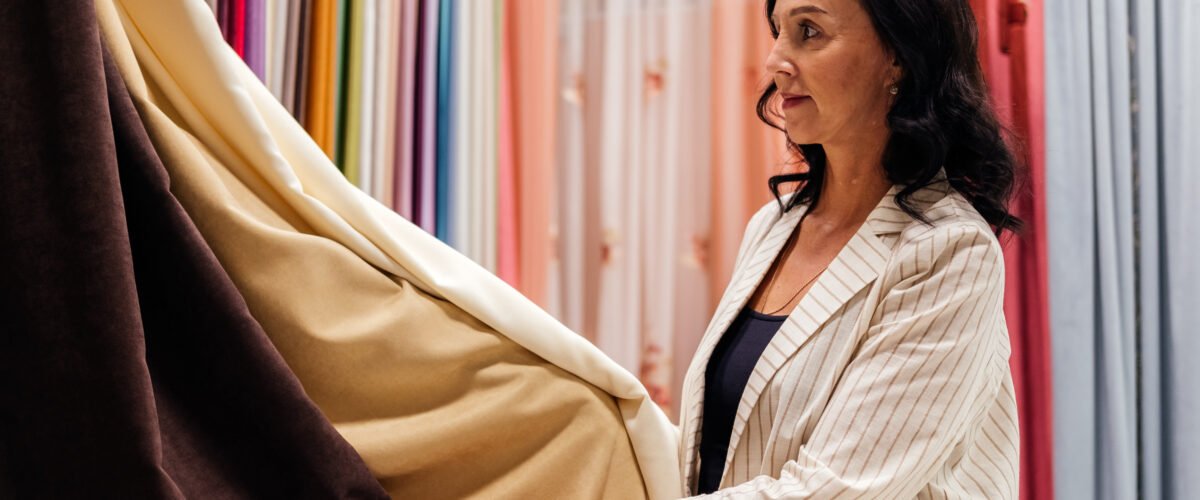

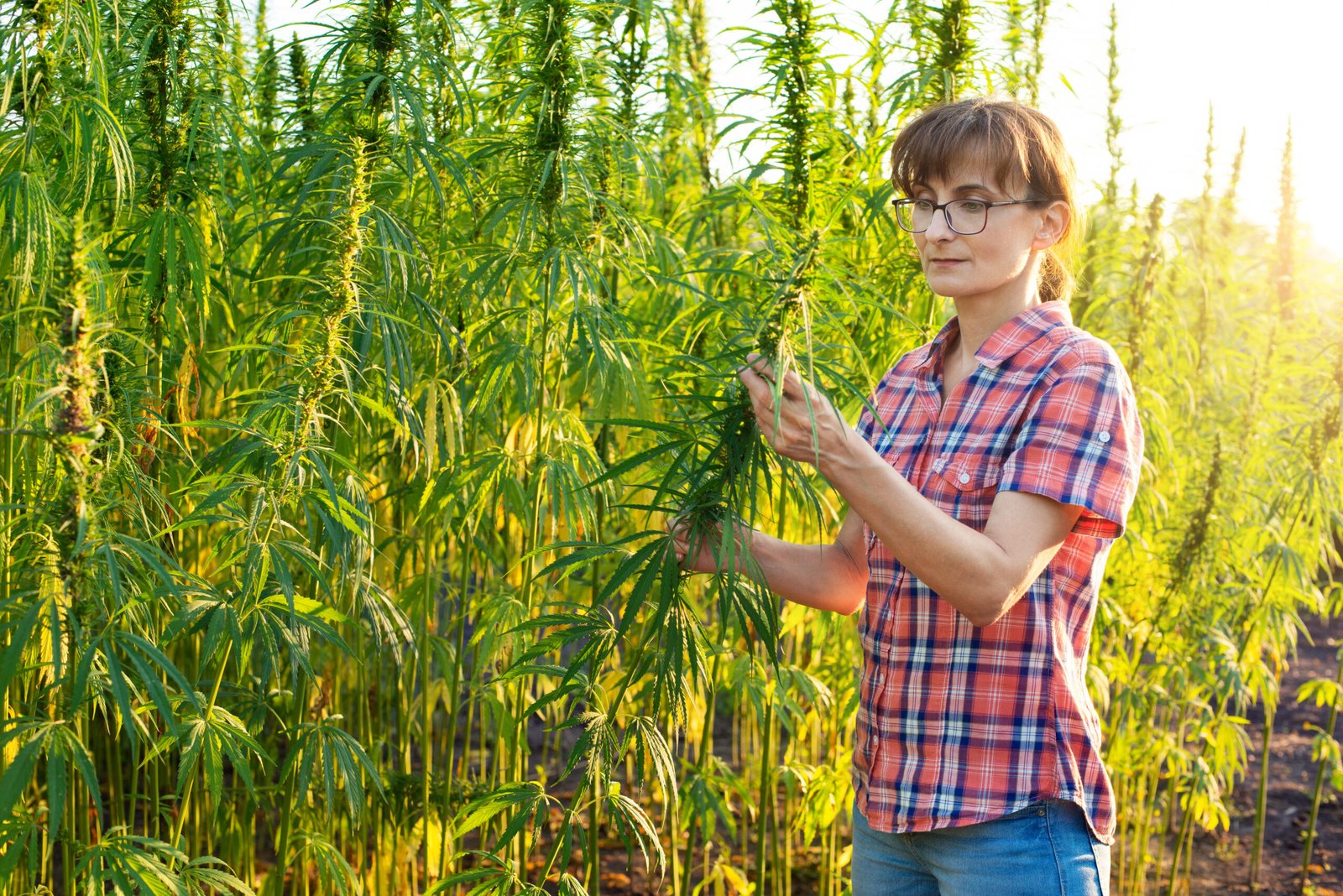

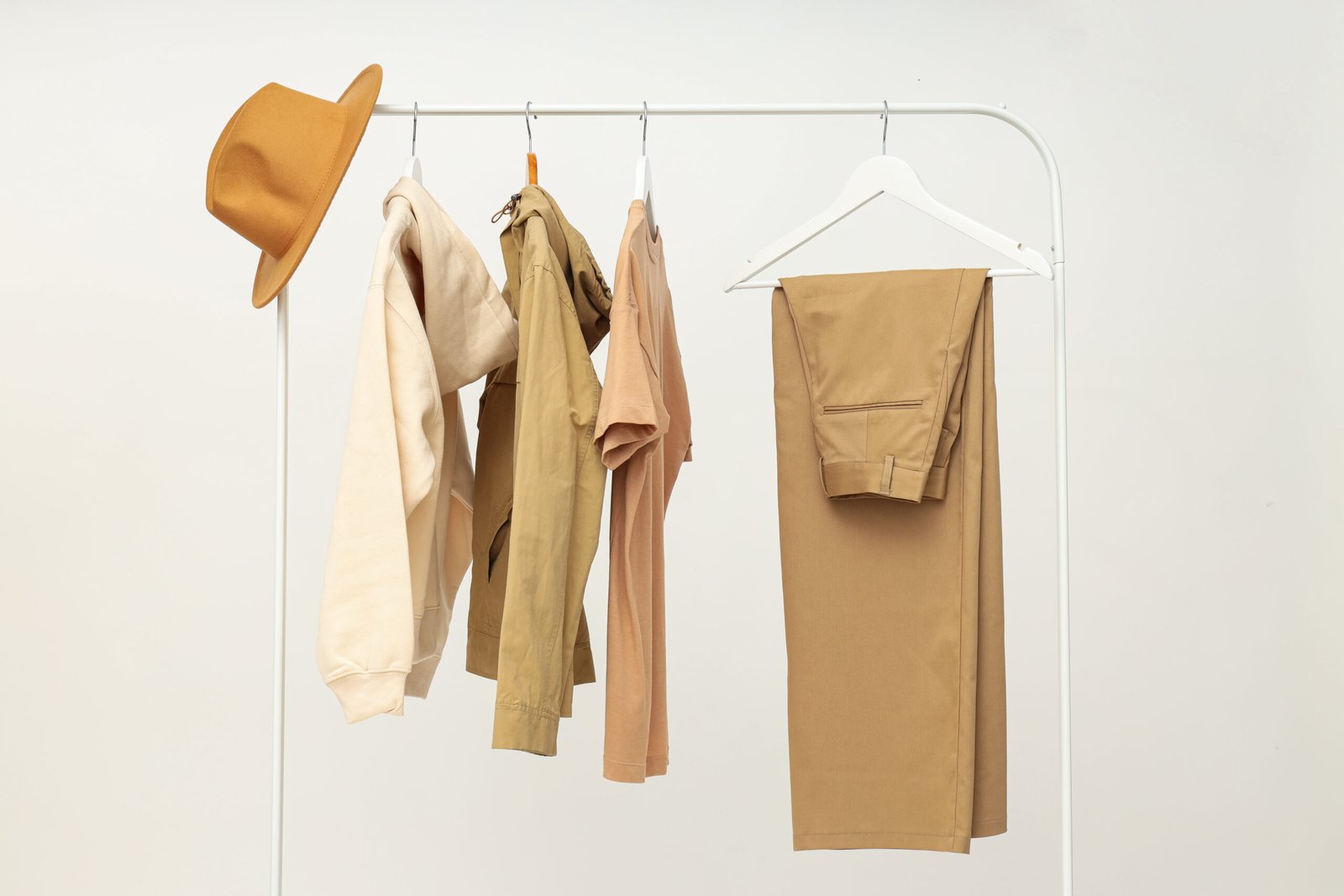

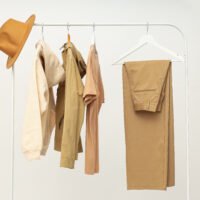



Recent comments
-

g200m
Valuable information. Fortunate me I discovered your website…
-

slot demo pragmatic
Why visitors still use to read news papers…
-

sogou
Great delivery. Sound arguments. Keep up the great…
Add a comment...